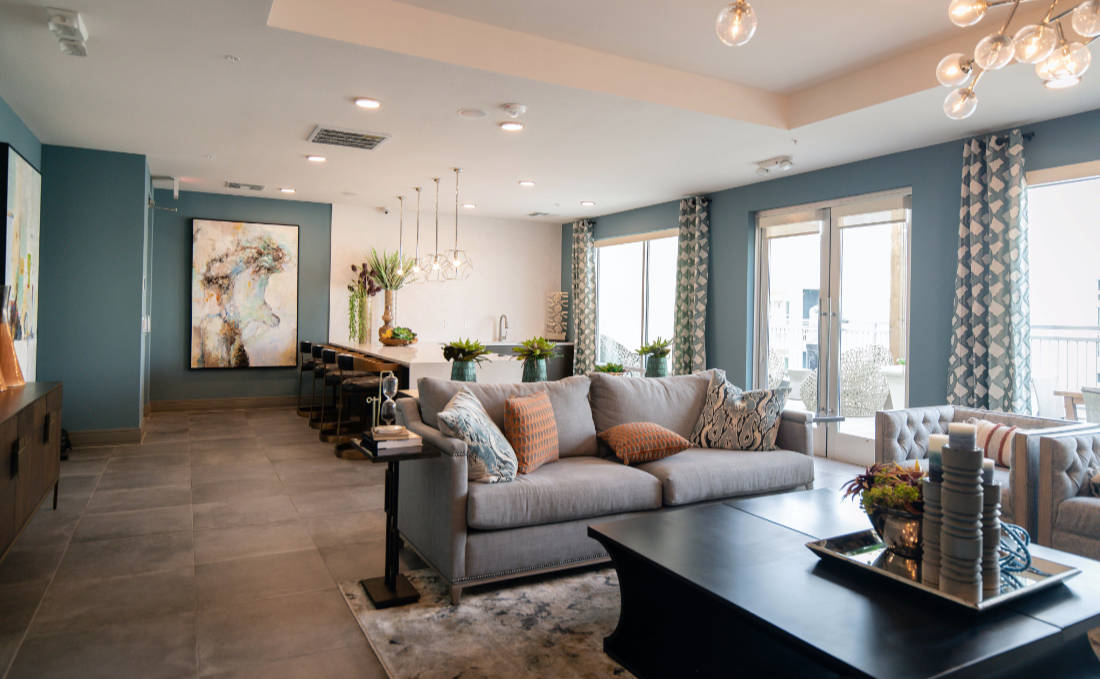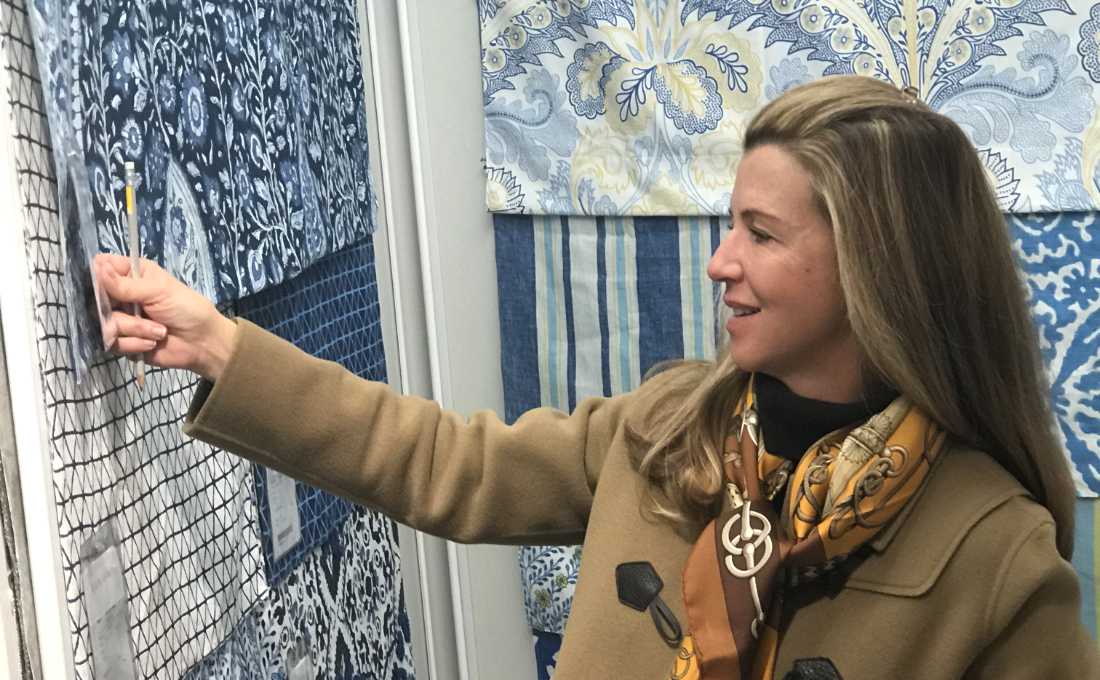Intro to Transitional Design: What It Is and How It Can Work For You
If you’re new to the interior design world, Transitional Design may not be a term you’re familiar with. However, understanding what it is and how it can work for you opens up a new world of inspiration and ideas to elevate your home. Keep reading to find out the most important aspects to understand Transitional Design!
What Is Transitional Design?
If you’re someone who loves classic design but is after a contemporary aesthetic, you’ll be happy to know that you don’t have to choose one or the other! Transitional Design is when you mix traditional and modern elements together to form a new and unique style. Your home becomes a transition between the past and present. In short, transitional design is mastering the art of mixing and matching. This is growing in popularity and understandably so.
Contrary to how it sounds, when executed correctly, transitional design doesn’t result in a disordered, cluttered, or random design. In fact, it gives a lot more freedom to the designer. There’s no single era or style to be restricted by. It gives a lot of room for experimentation, allowing you to mix and match until the balance is found. It also guarantees that your design will be unique to you and catered to what you think is beautiful.
So how do you achieve transitional design?
Tips For Mastering Transitional Design
The beautiful thing about transitional design is that there are no set rules. It’s all about finding balance. Of course this is much easier said than done, and when starting a design you may find yourself quickly overwhelmed. Instead of being restricted to one era and not having enough choices, you may feel like you now have too many choices. So here are a few key tips that will ensure your transitional design adventure is smooth and the finished style is beautiful!
Find common denominators
As with any design style, you want to find a few themes to make sure everything works together.
Consider choosing a few eras that you want to pull from. This makes it easier to find pieces that work well together.
Another easy way to find those common denominators is through your color palette. Many resources will claim that transitional design should be done with a neutral palette. While transitional design does work beautifully in a neutral color scheme, color is not something you should necessarily shy away from. Instead, choose 4-5 tones of the same shade and try to stick with these. Using color as a uniting factor in your transitional design allows you to bring diverse styles together while still matching with each other.
Use Accessories & Art to bring a transitional flair
Accent pieces and artwork is a fantastic way to bring your transitional design to life. Perhaps you decide to feature a beautiful antique side table: placing a contemporary piece of art on top will instantly bring a modern edge to the furniture. Contrarily, maybe you’ve opted for a modern sofa. Juxtaposing this with a few carefully selected chintz pillows will result in a homey, timeless look. Each piece in your transitional design should be carefully chosen to work in balance with the rest of the room. The art and accessories are your chance to let your personality through and run with the whimsical. Not to mention that a nuanced mix will invoke conversations from intrigued guests and leave lasting impressions!
Get Inspired
As with most interior design concepts, the easiest way to understand a certain style is to look at a variety of pictures and take notice of what you like and dislike. Learn from others. Every designer will have a different interpretation of what transitional design means. Study a variety of designs to begin defining it for yourself. There are plenty of free resources online to gather inspiration from. Even just typing “Transitional Design” into Pinterest will get your creative flow going. Remember that you can set the rules here, and as with all things interior design, the most important aspect to pay attention to is whether or not you like it. This is your home after all!
Kelley Astore Interiors & Transitional Design
It’s no secret that we love transitional design at Kelley Astore Interiors. And we’re here to help you if you’re feeling overwhelmed. Making sure that all of the parts of the project are coordinated from start to finish at the right times is a difficult, time-consuming, but highly essential part of our role as interior designers. Head to our services page to book a free consultation today!



